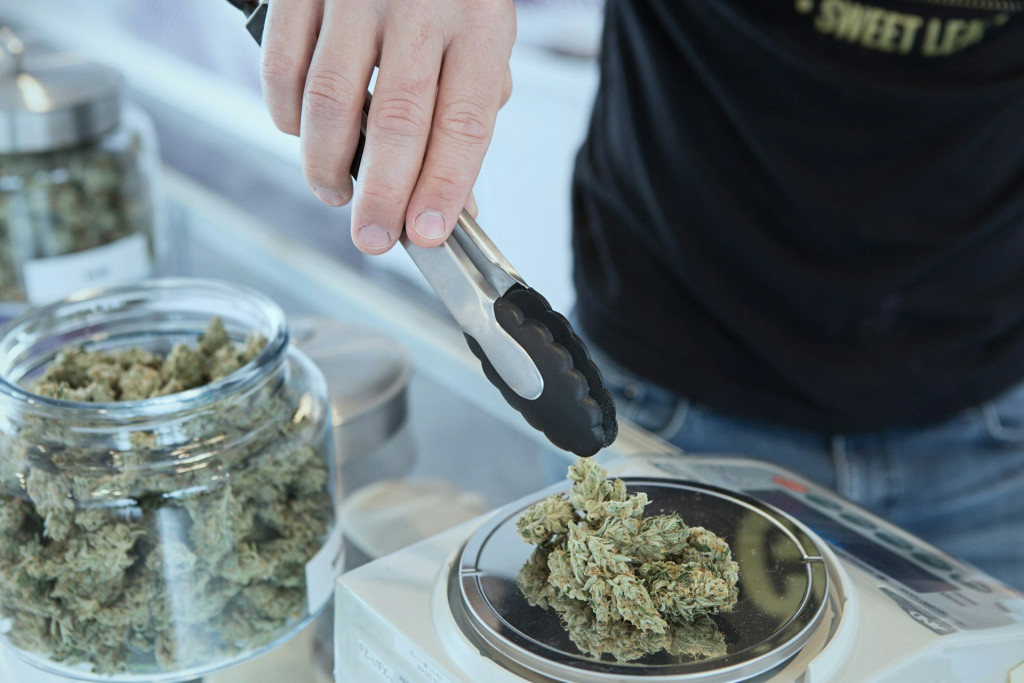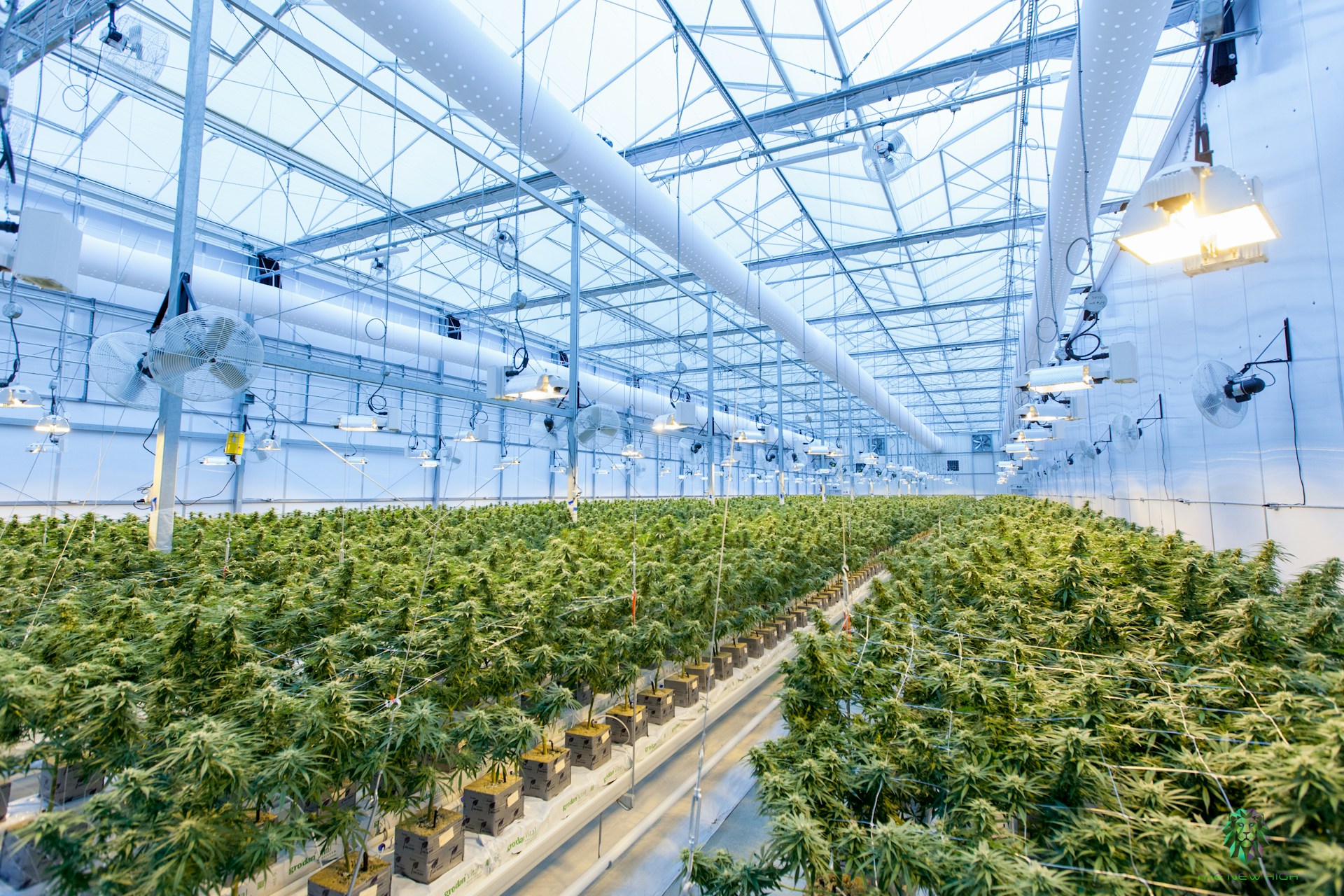Bulk THCA Flower has become a central topic of discussion within the modern hemp and cannabis industries. As interest grows around its composition and production, understanding how it moves from cultivation to large-scale distribution offers a useful context for anyone studying this segment.
At its core, bulk THC-A flower refers to hemp-derived plant material cultivated, processed, and sold in sizable quantities for commercial or research-related purposes. Each stage—from genetics and environmental control to harvesting, curing, packaging, and supply chain logistics—plays a key role in determining the consistency and compliance of the final product.
This article breaks down the essential stages that define the bulk THC-A flower market.
Basics Of Bulk THC-A Flower From Cultivation To Distribution
Cultivation practices and environmental control
Cultivation practices and environmental control form the foundation of bulk THC-A flower production. Growers focus on maintaining optimal conditions—such as controlled lighting, humidity, temperature, and airflow—to support consistent plant development.
These parameters are closely monitored throughout the growth cycle to ensure uniformity across large batches.
The cultivation process often involves precision in soil composition and hydroponic setups, as well as effective nutrient management and pest control methods that comply with agricultural standards. Environmental control systems, whether automated or manually regulated, play a critical role in stabilizing growth conditions and reducing variability between harvests.
Genetic selection and strain stability
Genetic selection and strain stability are critical to achieving consistency in bulk THC-A flower production. Breeders prioritize genetic lines that demonstrate predictable cannabinoid ratios, reliable yield potential, and adaptability to controlled cultivation environments.
Stabilizing a strain involves several cycles of selective breeding to minimize genetic drift and maintain uniform traits across successive generations. This process ensures that each crop retains the same morphological and chemical characteristics, which is essential for large-scale production where uniformity is required for compliance testing and product standardization.
Harvesting and post-harvest handling
Harvesting and post-harvest handling are decisive stages in maintaining the integrity of bulk THC-A flower. Timing is carefully managed to ensure that plants are collected at their optimal maturity, preserving the intended chemical composition and physical characteristics.
Once harvested, the material undergoes trimming to remove excess leaves and stems, followed by controlled drying and curing to regulate moisture levels. These steps help prevent degradation and preserve the flower’s structural and chemical stability during storage and transport. Post-harvest handling also includes sanitation measures, batch labeling, and environmental monitoring to avoid contamination or cross-exposure.
Trimming, drying, and curing procedures
Trimming, drying, and curing procedures serve as the transitional phase between harvesting and final preparation in bulk THC-A flower production. Trimming removes unwanted plant material, ensuring a uniform appearance and preparing the flower for controlled drying.
The drying process is typically conducted under regulated temperature and humidity conditions to gradually reduce the moisture content, thereby preventing microbial growth and preserving structural stability. Once dried, the curing phase allows residual moisture to equalize within the flower, further stabilizing its chemical and physical properties. Each stage requires strict environmental monitoring and handling protocols to maintain consistency across large batches.
Quality assurance and compliance testing
Quality assurance and compliance testing are integral to maintaining standards in bulk THC-A flower production and distribution. Each batch undergoes structured evaluation to verify conformity with legal thresholds, composition accuracy, and contaminant limits set by regulatory bodies.
Testing typically includes assessments for cannabinoid content, residual solvents, heavy metals, pesticides, and microbial contaminants, all of which are conducted in certified laboratories. Documentation of these results supports traceability throughout the supply chain, ensuring accountability from cultivation to distribution.
Quality assurance teams also implement audit trails and batch tracking systems to maintain transparency and consistency.
Bulk packaging and storage standards
Bulk packaging and storage standards are designed to preserve the structural and chemical stability of THC-A flower during large-scale handling and transportation. Packaging materials are typically selected for their ability to protect against moisture, light exposure, and oxygen infiltration—factors known to influence product integrity over time.
Airtight, tamper-evident containers or vacuum-sealed bags are commonly used to maintain controlled conditions during storage and shipment. Temperature and humidity levels are routinely monitored in storage facilities to prevent degradation or contamination. Each batch is labeled with traceable identifiers that align with regulatory requirements and quality control documentation.
Supply chain management and logistics
Supply chain management and logistics in the bulk THC-A flower sector focus on maintaining product integrity, traceability, and regulatory compliance throughout the entire supply chain, from origin to destination. Coordinating transportation, warehousing, and distribution requires adherence to both federal and state-level guidelines that govern the movement of hemp-derived materials.
Each step—from producer to distributor—relies on documented chain-of-custody records to ensure transparency and accountability. Logistics operations prioritize secure handling, temperature control, and accurate documentation to prevent discrepancies or product loss. Advanced tracking systems and inventory management tools are often implemented to streamline movement and maintain oversight across multiple facilities.
Wholesale distribution and market channels
Wholesale distribution and market channels form the commercial backbone of the bulk THC-A flower industry. Once the product has passed compliance testing and packaging protocols, it enters structured distribution networks that connect cultivators and processors with licensed wholesalers, retailers, and manufacturers.
These channels operate under strict documentation and regulatory frameworks to verify the origin, quality, and legality of their products.
Wholesale transactions often occur through direct contracts, business-to-business marketplaces, or specialized distribution platforms designed for controlled substances and hemp derivatives. Efficient market channel management ensures that inventory movement aligns with demand forecasts while maintaining full transparency across all intermediaries.
Legal and regulatory considerations
Legal and regulatory considerations define every stage of bulk THC-A flower production and distribution. Compliance begins at the cultivation level, where growers must operate under licenses consistent with federal and state hemp regulations. THC-A flower, while derived from hemp, is subject to strict scrutiny due to its potential to convert into delta-9 THC when heated, making legal thresholds for total THC content a critical factor.
Producers, distributors, and wholesalers must maintain detailed documentation verifying that their operations meet established limits, testing standards, and labeling requirements. Regulations may vary between jurisdictions, requiring continuous monitoring of policy updates to ensure lawful interstate transport and sale.

Final Words
The production and distribution of bulk THC-A flower involve a detailed and structured process governed by precision, compliance, and oversight. From controlled cultivation and genetic stabilization to careful harvesting, curing, and quality testing, each phase contributes to maintaining consistency across large-scale operations.
Packaging, logistics, and adherence to legal requirements further ensure that the product moves through legitimate and traceable channels. Understanding these interconnected stages provides a clear picture of how the bulk THC-A flower industry functions within existing regulatory frameworks.
[420 NEWSLETTER]: Don't Miss The Best New Strains Hitting The Market

